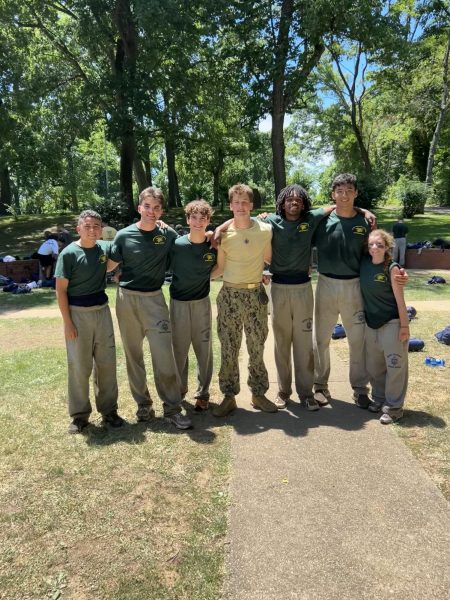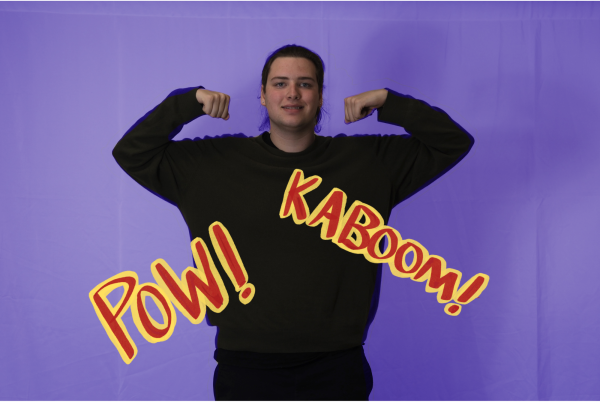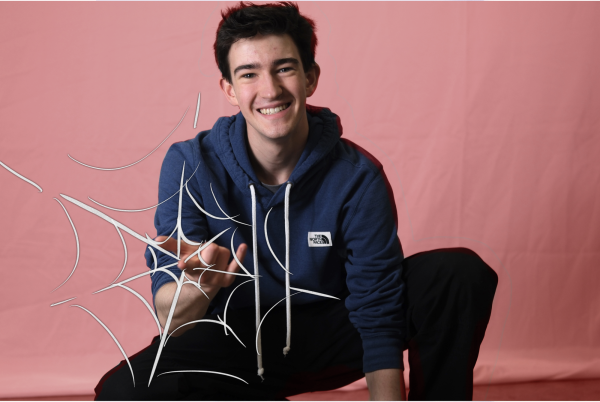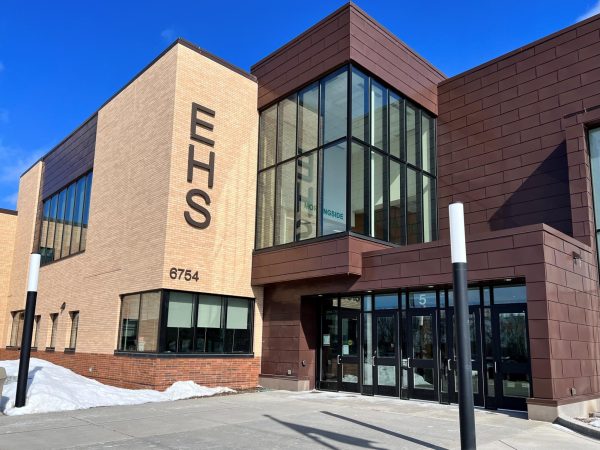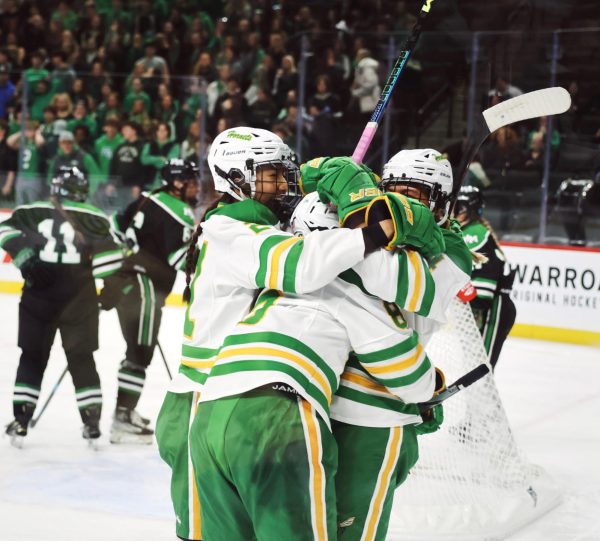Life as a Refugee: an Inside Look
In her fourth year at Edina, junior Tenzin Methok is a member of the badminton team and a participant in the Multicultural club. She clearly enriches Edina’s student body. Her childhood story, however, is far from ordinary and widely unknown.
“I was born in Delhi, India, in a refugee camp,” said Methok. After Chinese occupation and oppression, her grandfather and grandmother – married in Tibet – fled together leaving their families behind. They crossed the borders into India, journeying through the Himalayas, the world’s highest mountain range. “[They had to leave] in the middle of the night because there were [Chinese] guards watching to see if anybody was fleeing,” Methok said.
Methok’s grandparents gave birth to her mother in Shimla, a small village in Northern India. “They didn’t know any Hindi, so they started working on… railroad construction,” said Methok. Born in India, her mother learned Hindi in school and from her surroundings, all while speaking Tibetan with her parents at home. Her family moved to the New Delhi refugee camp because it had the best resources – a school located in the camp and jobs for the tenants. “Compared to here, it wasn’t that nice. There were only four public restrooms, one for [every] two hundred people, ” said Methok. Furthermore, the hospitals were located outside of the refugee camp.
Methok lived in a house with her family near the entrance of the camp. When her family arrived, they had to build their own house if they wanted shelter. Food and clothes weren’t provided either. A large road ran through the camp, leading to the camp bazaar where the residents would buy their necessary supplies. The camp was run by the Indian government, and except for the land itself, the camp provided very few resources. Everyone had to fend for themselves, Methok recalled.
“Even though I was born there, I am not an Indian citizen. A refugee is what I am considered if I go back there,” said Methok.
Methok celebrated her Tibetan culture in the camp, but she was also engaged in local Indian celebrations. She recalled that as a child, she enjoyed the Indian celebrations more. “It didn’t seem like our culture was so different, until you stepped outside the camp,” she noted. For Tibetan New Year, Methok and her family would celebrate for three days, which they still do today. They make noodles that contain paper inside to give to everyone in the family. The paper describes how you were that year.
The teachers at the camp were both Tibetan refugees and Indians helping the children learn the culture. “In the mornings, we would have to line up and go outside [and] we would have to sing the Tibetan and then Indian national anthem. It would be sort of like military style,” recalled Methok. Schools in India went by standards, not grades. By American standards, Methok would have been a preschooler.
Each day in the refugee camp, Methok would wake up early and her aunt would make her breakfast and take her to school. “School had a lot of requirements that they don’t have in America. I couldn’t grow my nails out, so every morning I would have to cut them,” said Methok. She remembers severe punishments for children who did not meet the requirements. Teachers would check the students’ uniforms, shoes, hair, and nails every morning. If anything was not satisfactory, students would be placed in a separate line to receive three hard thrashes to their hands with a stick.
“After my mom moved to America, I was still in India… I was living with my aunt,” said Methok. Her grandfather died when she was young, but her aunt and grandmother raised her in the camp. Her mother received political asylum in America and Methok followed her shortly. “I was very young at that time, and… [my mother] wanted to prepare everything first in America before I came, so it would be easier for me to settle in,” said Methok.
Methok’s family had to pay for their flight tickets. “We didn’t know a lot about America, I always thought Americans were rich. They earn a lot of money. It was the rich land,” Methok said. Her family flew into New York and from there went to Minnesota.
Methok lived in Minneapolis for seven years where she attended elementary and middle school. “I went to kindergarten…and first grade, but I had no idea what they were talking about,” said Methok. Today, she is trilingual, fluent in Hindi, Tibetan, and English.
After seven years in Minneapolis, Methok’s mother decided to move to Edina. “She worked at the hospital, and said, ‘The education in Edina I hear is good. Let’s move.’ Then poof, we’re here,” recalled Methok.
In America, Methok has become mindful of her Tibetan culture because, she says, no one really knows about it. At the moment, her mother’s side of the family has come to America, and her father’s family lives in a small village about five hours out of New Dehli.
Neither Methok nor her parents have ever returned to Tibet, but she did return to India a few years ago where she visited her grandmother and friends.
Currently, Methok plans to go to medical school. Her mother went to school at Minneapolis Community and Technical College after she settled into America. Methok aspires to become a doctor.
“In America, there are so many Tibetans that have the same story as me and we share that. That is how our culture grows and maintains itself,” said Methok.
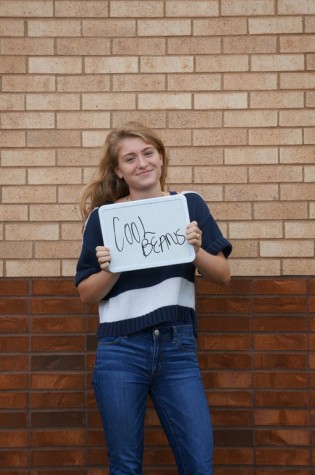
Sure, you could say that she lights up the room as soon as she enters (apparently that’s what her fortune cookie said…), but this opinionated, clever,...

